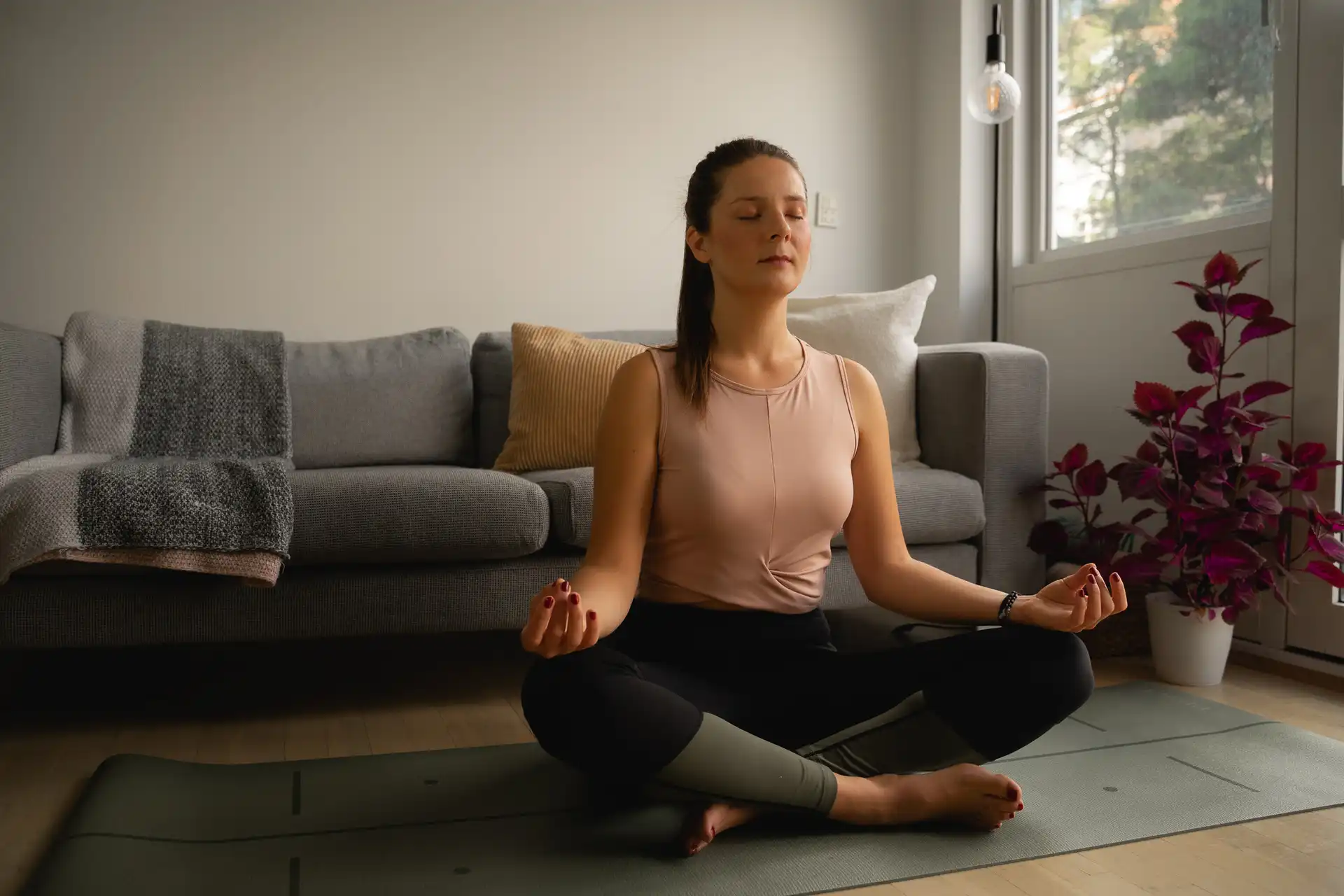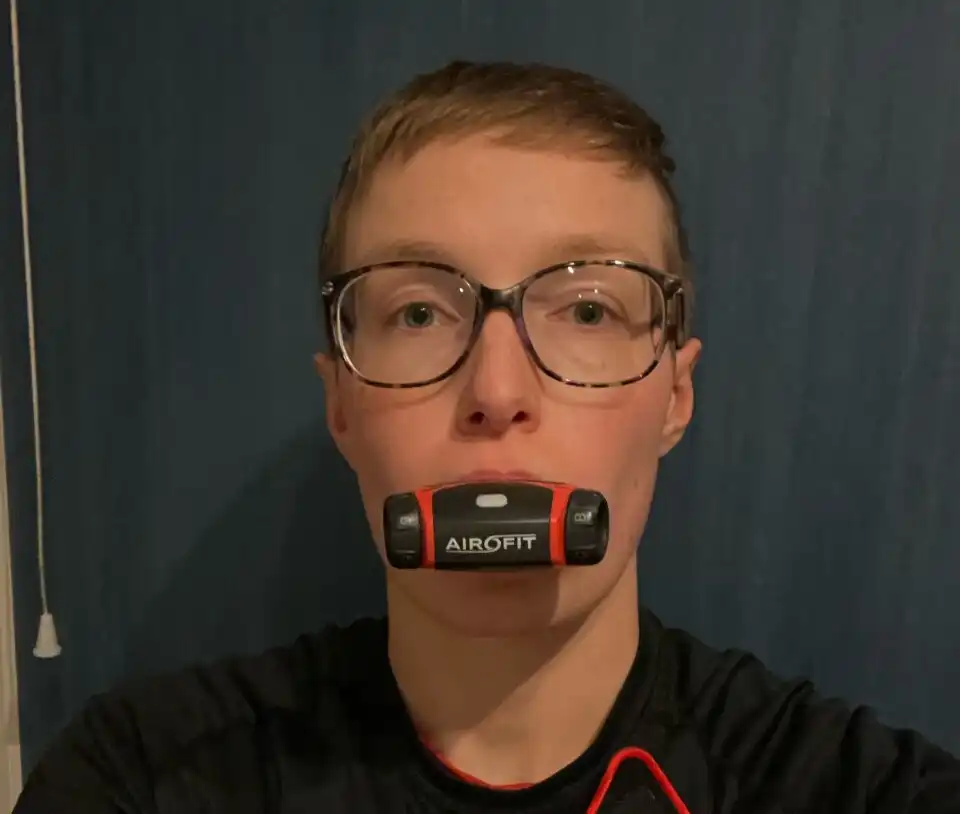Three deep breathing exercises that can help improve your mental health

In October we celebrate those living with and suffering from mental health disorders worldwide. A worthy cause as mental health issues can severely restrict your life quality. Unfortunately, our general mental health state is challenged more than ever.
One in eight people was living with a mental disorder before the COVID pandemic hit in 2019, the two most common conditions being anxiety and depression. According to the World Health Organization, only a year into the pandemic, both disorders had risen by 25% (source). Worrisome news, as a WHO health representative further underlined the trouble by calling these findings “just the tip of the iceberg”.
Deep breathing calms your body and mind
Stress-related mental disorders like anxiety and depression are often feeding on a nervous system on high alert. When you feel anxious, scared, or fearful, your sympathetic nervous system (SNS) takes over, entering what we call ‘fight or flight mode’. A compelling and effective way to keep your nervous system in check and hold it from taking control of your life is by activating the parasympathetic nervous system (PSNS) through deep breathing.
Trick your nervous system to relax
When breathing more slowly and deeply, you trick the body into thinking it is in a more calm state. Also known as ‘rest or digest mode,’ this is when the parasympathetic state slows your heart rate and lowers your blood pressure making the body and mind ready for recovery. Now with a clearer mind, you can make it more manageable to alter the vicious cycle of stress, anxiety, and depression. This is our hope.

Tested through thousands of years
Deep breathing was born out of the yogi breath practices Pranayama and has been proven effective and calming throughout millennia. There are many different deep breathing exercises that you can explore. They all have in common that they live up to the original meaning of the word Pranayama, which translates into ‘the practice of breath regulation’ in Sanskrit.
Download our three favorite deep breathing exercises HERE or simply read on.
The ‘4-7-8’ Technique
This technique helps relax and replenish oxygen in the body.
- Allow your lips to part gently.
- Exhale completely, making a breathy whoosh sound as you do.
- Press your lips together as you silently inhale through the nose for a count of 4 seconds.
- Hold your breath for a count of 7.
- Exhale again for a full 8 seconds, making a whooshing sound throughout.
- Repeat 4 times when you first start. Eventually, work up to 8 repetitions
Box Breathing
This technique is common during meditation and Yoga for finding mental focus and relaxation:
- Sit with your back straight, breathe in, and then try to push all the air out of your lungs as you exhale.
- Inhale slowly through your nose and count to 4 in your head, filling your lungs with more air with each number.
- Hold your breath and count to 4 in your head.
The Papworth Method
During this technique, you focus on your diaphragm to breathe more naturally. It also helps with reducing habits such as yawning and sighing:
- Sit straight, perhaps in bed, if using this to fall asleep.
- Take deep, methodical breaths in and out, counting to 4 with each inhale — through your mouth or nose — and each exhale, which should be through your nose.
- Focus on your abdomen rising and falling, and listen for your breath sounds to come from your stomach.




